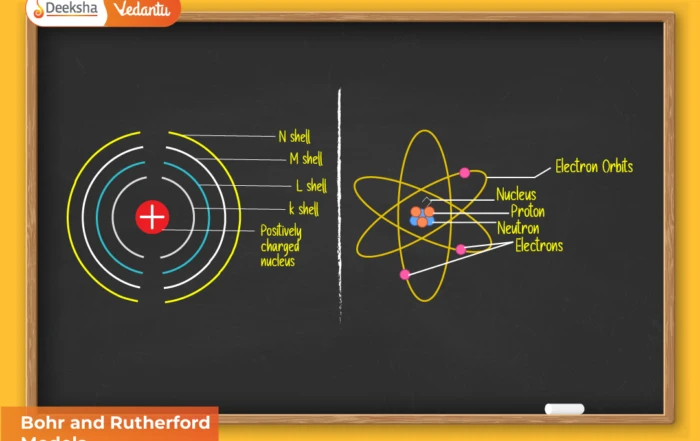Metals are found naturally in the Earth’s crust in various forms, ranging from free elements to compounds like oxides, sulfides, and carbonates. The location and form in which a metal occurs in nature depend on its reactivity. Metals are rarely found in a pure state; instead, they occur as ores or minerals from which the metal can be profitably extracted.
Minerals and Ores
Minerals: These are naturally occurring elements or compounds found in the Earth’s crust. They are the raw materials from which metals are extracted.
Ores: A mineral is classified as an ore if it contains a sufficient concentration of metal that can be economically extracted. For example:
- Bauxite is an ore of aluminum.
- Haematite is an ore of iron.
Sources of Metals
- Earth’s Crust: The crust is the most abundant source of metals. Common metals like iron, aluminum, and magnesium are found in the form of their oxides, sulfides, or carbonates.
- Seawater: Some metals, such as sodium and magnesium, are also present in seawater in the form of soluble salts like sodium chloride and magnesium chloride.
Example:
- Sodium Chloride (
): Found in seawater and salt lakes.
- Magnesium Chloride (
): Also found in seawater.
Reactivity and Occurrence
The Reactivity Series plays a crucial role in determining how metals occur in nature:
- Metals of Low Reactivity: These metals are often found in their free state as they do not react easily with other elements.
- Example: Gold (
) and Platinum (
): Found as free metals because they do not easily combine with other elements.
- Example: Gold (
- Metals of Moderate Reactivity: These metals are typically found in nature as oxides, sulfides, or carbonates.
- Examples: Iron (
): Found as haematite (
) or magnetite (
).
- Zinc (
): Found as zinc blende (
) or calamine (
).
- Examples: Iron (
- Metals of High Reactivity: These metals are so reactive that they are never found as free elements in nature. Instead, they exist as compounds.
- Examples: Potassium (
) and Sodium (
): Found as salts, such as sodium chloride (
).
- Examples: Potassium (
Extraction of Metals
The method used to extract a metal from its ore depends on its reactivity:
- Metals of Low Reactivity: These can be extracted by heating alone.
- Example: Mercury (
) is extracted by heating its ore, cinnabar (
).
- Example: Mercury (
- Metals of Moderate Reactivity: These metals are extracted using reduction with carbon.
- Example: Iron (
) is extracted from its ore, haematite (
), by heating with carbon in a blast furnace.
- Example: Iron (
- Metals of High Reactivity: These metals are extracted through electrolytic reduction because they cannot be reduced by carbon.
- Example: Sodium (Na) is extracted from molten sodium chloride using electrolysis.
- Example: Sodium (Na) is extracted from molten sodium chloride using electrolysis.
Real-life Applications
- Aluminum from Bauxite: Aluminum is extracted from bauxite ore using electrolysis and is used in aircraft manufacturing, packaging, and electronics due to its lightweight and corrosion resistance.
- Iron from Haematite: Iron is extracted from haematite and is widely used in construction, tools, and machinery.
Practice Questions with Answers
Q1: Why is iron found in the Earth’s crust as an oxide and not in its free state?
- Answer: Iron is moderately reactive and combines with oxygen to form oxides. It is rarely found in its free state because it reacts with other elements in the environment.
Q2: What is the primary ore of aluminum, and how is aluminum extracted from it?
- Answer: The primary ore of aluminum is bauxite. Aluminum is extracted from bauxite through the electrolysis of alumina (
), which is obtained from bauxite.
Q3: Why is electrolysis used to extract metals like sodium and potassium?
- Answer: Sodium and potassium are highly reactive metals that cannot be reduced using carbon. They are extracted through electrolysis because of their strong affinity for oxygen, which prevents other methods of extraction.












Get Social